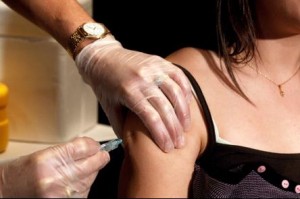Prof Alistair Woodward*, A/Prof Andrea t’Mannetje**, Dr Dave McLean**, Prof Jeroen Douwes**, Prof John D Potter** (*Auckland and **Massey Universities)
Last year the New Zealand Environmental Protection Authority (EPA) chose not to accept the assessment of the International Agency for Research on Cancer (IARC) that the herbicide glyphosate (the active ingredient in “Roundup”) was a “probable carcinogen”. Instead the EPA commissioned its own report which found that glyphosate is “unlikely to be genotoxic or carcinogenic”, a significant departure from IARC’s conclusion. An investigation by the Green MP Stefan Browning released two weeks ago raises serious questions about the process followed by the EPA. The controversy has been given fresh life by comments made by the Chief Scientist for the Authority, Dr Jacqueline Rowarth. Her attempt to justify what happened gives a muddled account of risk assessment, and misrepresents her own Authority’s publication. In this blog, we explain why it is important to understand the issues raised by the EPA pronouncements on glyphosate and the potential implications for chemical safety more generally. This is now particularly important as the EPA is about to undertake an expanded review of hazardous substances in New Zealand.




